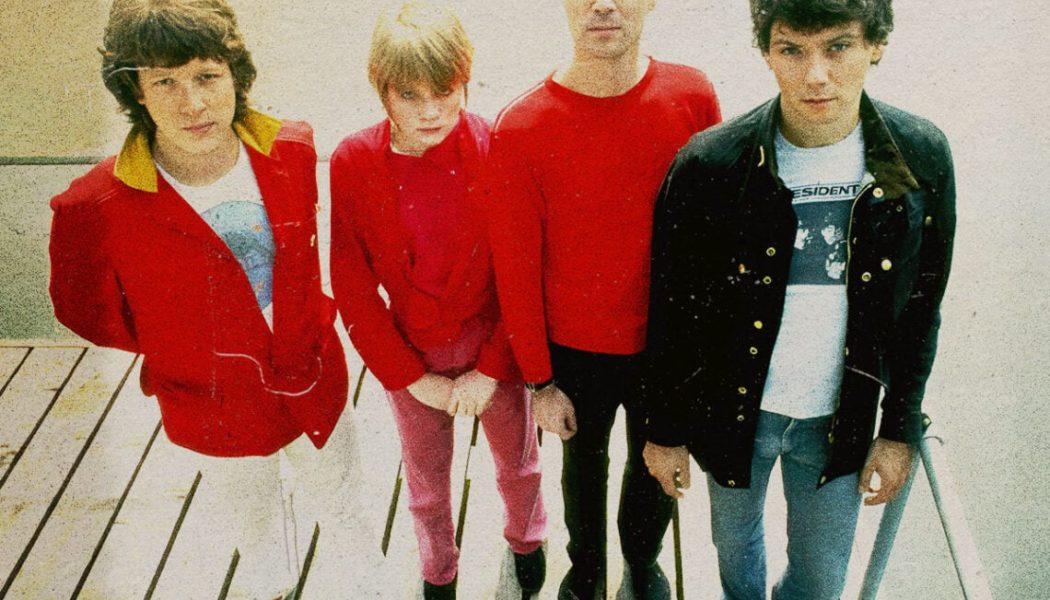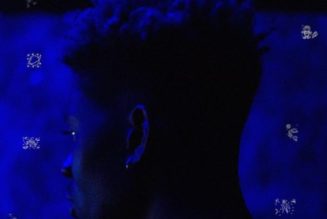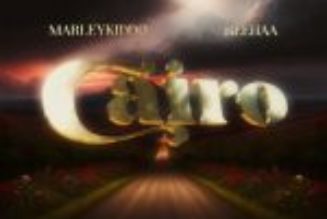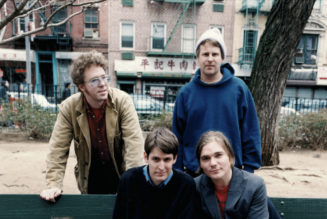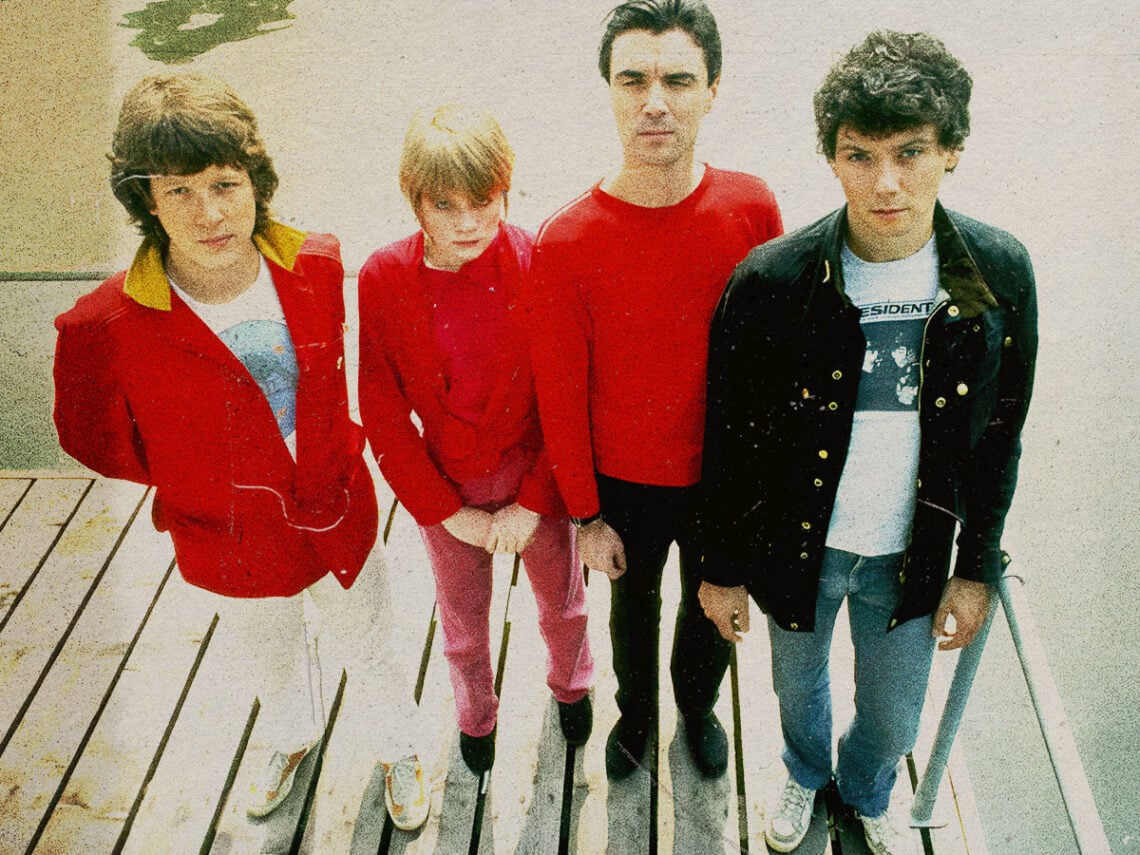
(Credits: Far Out / Alamy)
As punk gained popularity in New York, Talking Heads took a slightly more artistic approach, incorporating avant-garde influences that marked them out from their contemporaries. After playing their first gig supporting the Ramones in 1975 at CBGBs, the band worked towards their first album, Talking Heads: 77. The record contained now-iconic tracks such as ‘Uh-Oh, Love Comes to Town’, ‘Pulled Up’ and, most recognisably, ‘Psycho Killer’.
Due to lead vocalist David Byrne’s unique vocal delivery and performance style, paired with the band’s interest in non-Western musical influences, Talking Heads garnered a cult following. The band became most successful in the 1980s, even releasing a seminal concert film, Stop Making Sense, in 1984. Often regarded as the greatest concert film of all time, it depicts the contagious energy that the band brought to their craft – simply summing up their brilliance.
In 1978, the band started working with Brian Eno, forming an unofficial trilogy of albums produced by the legendary musician. More Songs About Buildings and Food came first, followed by 1979’s Fear of Music, then 1980’s Remain in Light, often regarded as their greatest record.
However, they wouldn’t have achieved the excellence of Remain in Light if not for its predecessor, Fear of Music. The album contains a selection of simply incredible tracks, such as ‘Heaven’, ‘Drugs’ and ‘Life During Wartime’, with the album focusing on themes of urbanity. The band also found themselves exposed to more African music courtesy of Eno, such as Fela Kuti, and were particularly influenced by his use of polyrhythms.
The opening track, ‘I Zimbra’, is one of the album’s greatest moments, with additional guitar provided by King Crimson’s Robert Fripp and congos performed by The Slits’ wild vocalist Ari Up. If not for ‘I Zimbra’, Remain in Light might not have come to fruition. Jerry Harrison once revealed to Liquid Audio, “We also knew that our next album would be a further exploration of what we had begun with ‘I Zimbra’.”
The song was inspired by the Dadaist Hugo Ball, who was responsible for writing the Dada manifesto and pioneering ‘sound poetry’. His writing often reads as nonsensical, focusing on the sounds of the words as they are read out loud rather than conveying distinctive meaning. His best-known poem, ‘Gadji beri bimba’, forms the lyrical content of ‘I Zimbra’ with the band singing lines such as “Gadji beri bimba clandridi/ Lauli lonni cadori gadjam/ A bim beri glassala glandride/ E glassala tuffm I zimbra”.
In American Utopia, Byrne explained his attraction to Dadism. “I was familiar with a different Dada artist who also wrote nonsense poetry. His name was Kurt Schwitters, and he recorded one of these in 1932, it was called the ‘Ursonate,’ the ‘primeval sonata.’ Schwitters and others in this group were using nonsense to make sense of a world that didn’t make sense.”
He continued: “There had recently been an economic crash, the Nazis were coming to power – this was 1932 – and quite a few of the countries they lived in were sliding into fascism. The Dada artist Hugo Ball said that their artistic aims were to remind the world that there are people of different, independent minds beyond war and nationalism who live for different ideals.”
Subsequently, Byrne picked Gadji beri bimba as the source for ‘I Zimbra’, one of the band’s most iconic hits.
